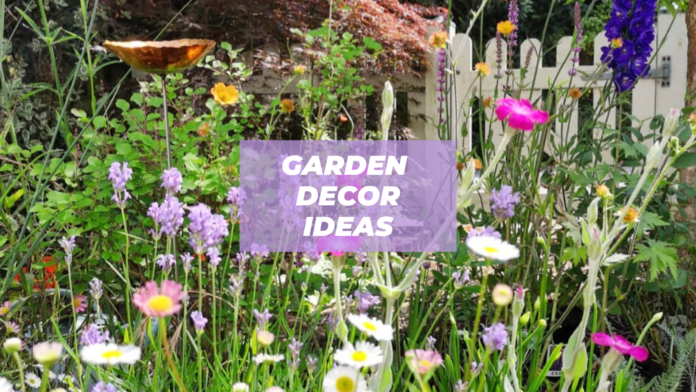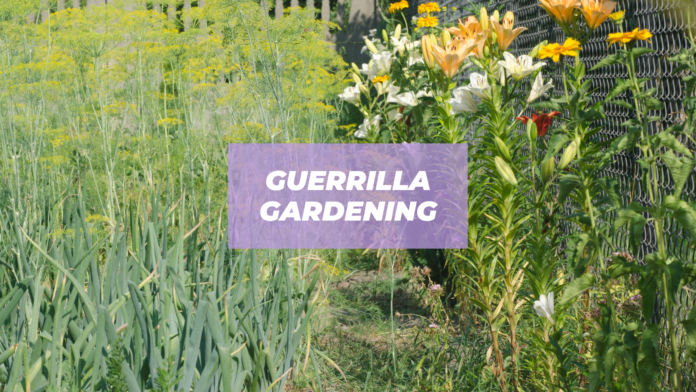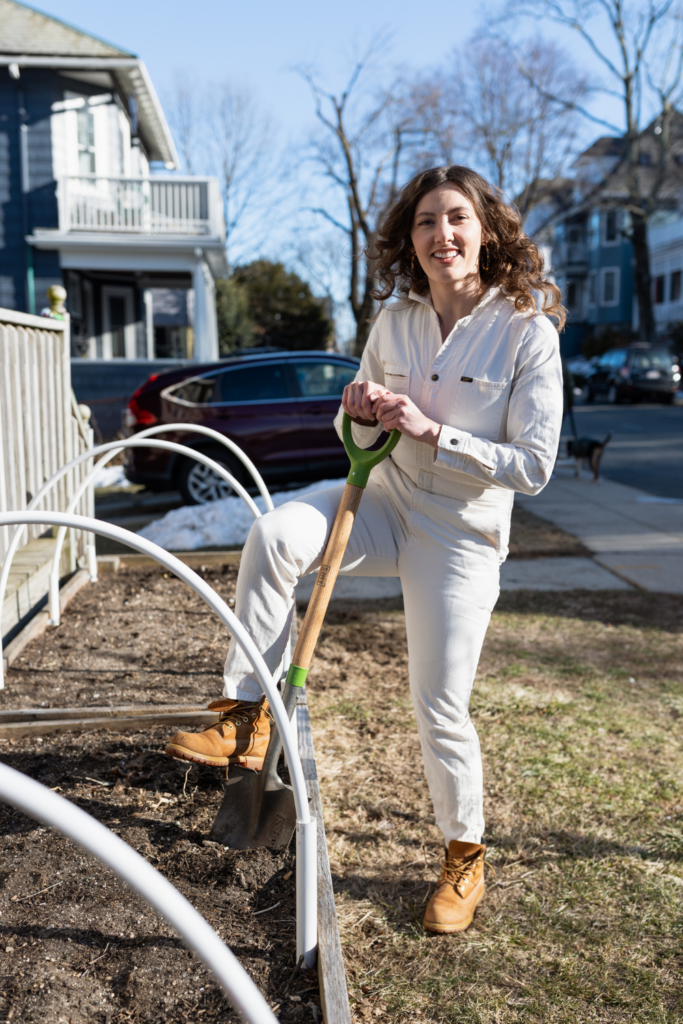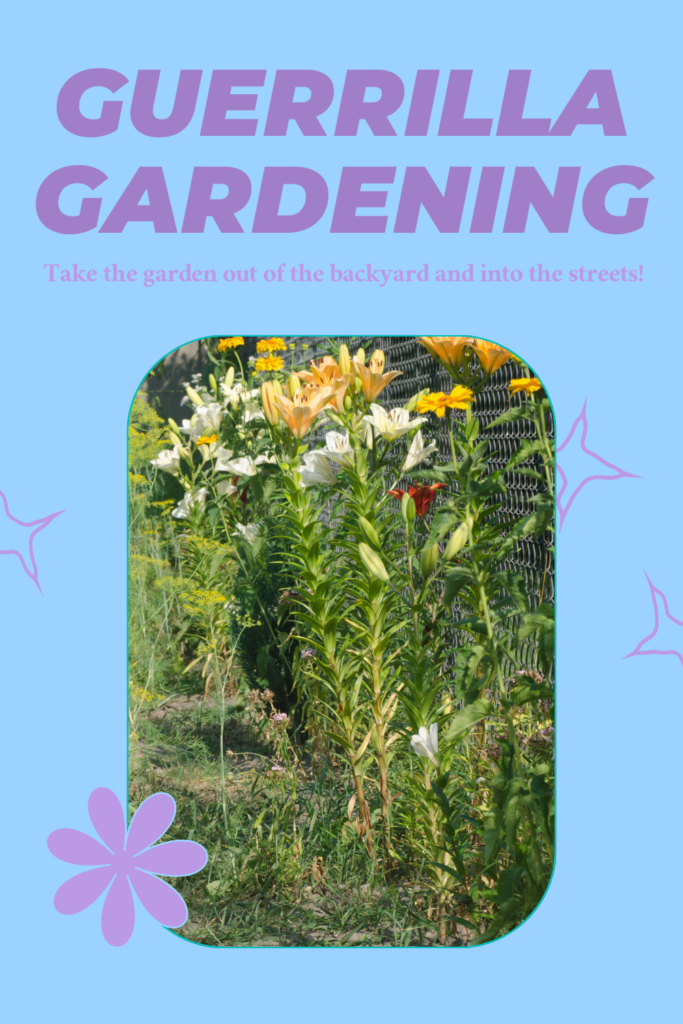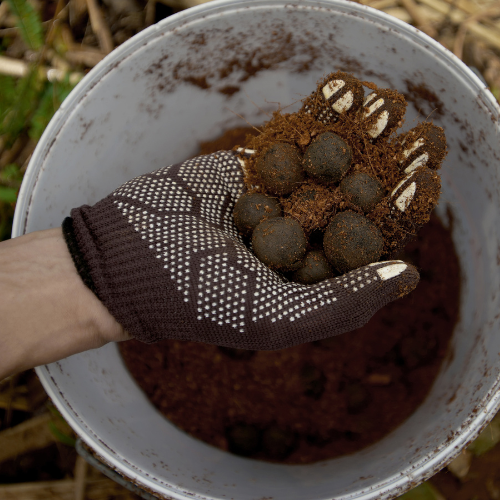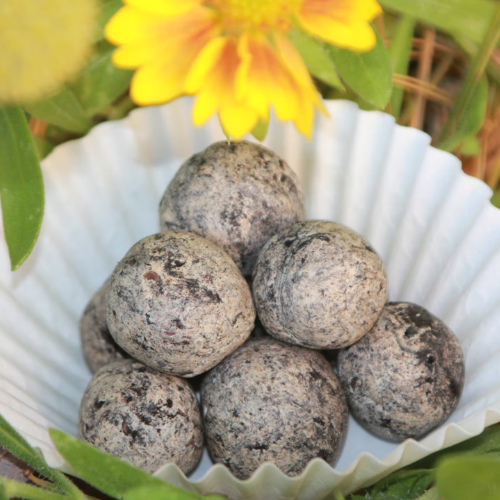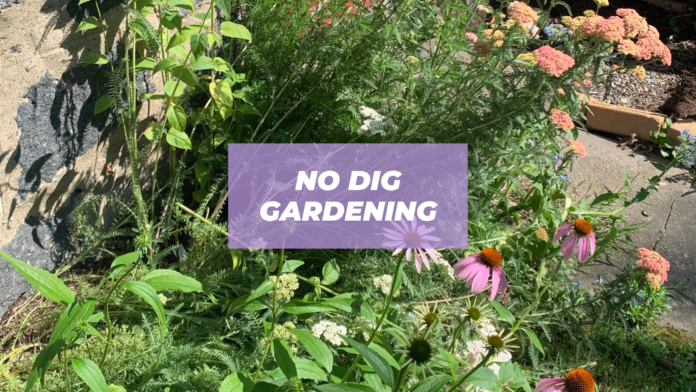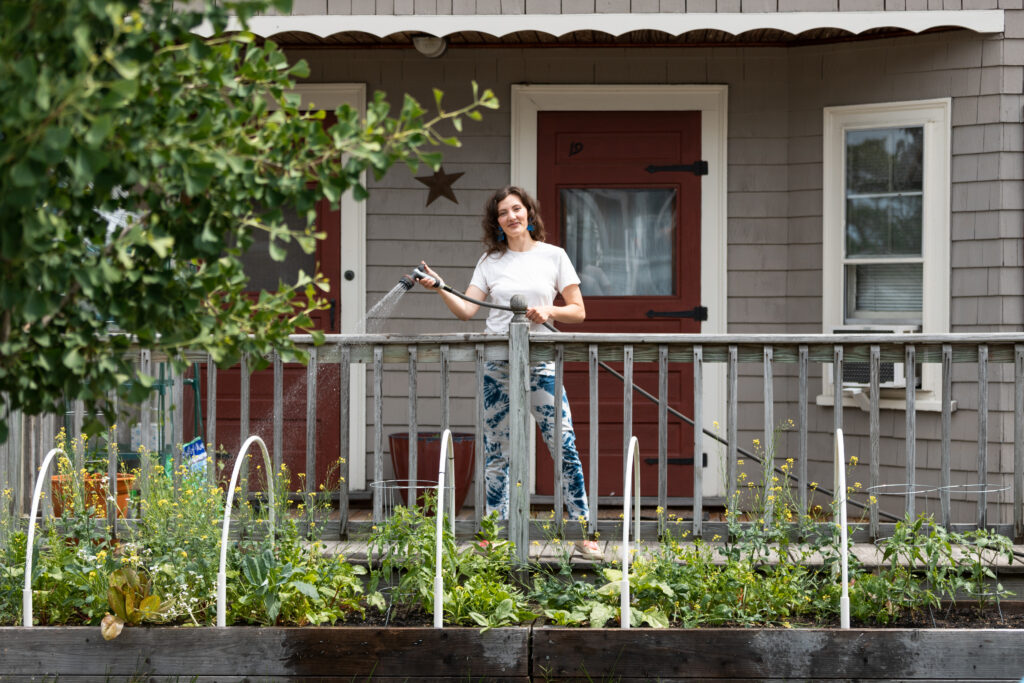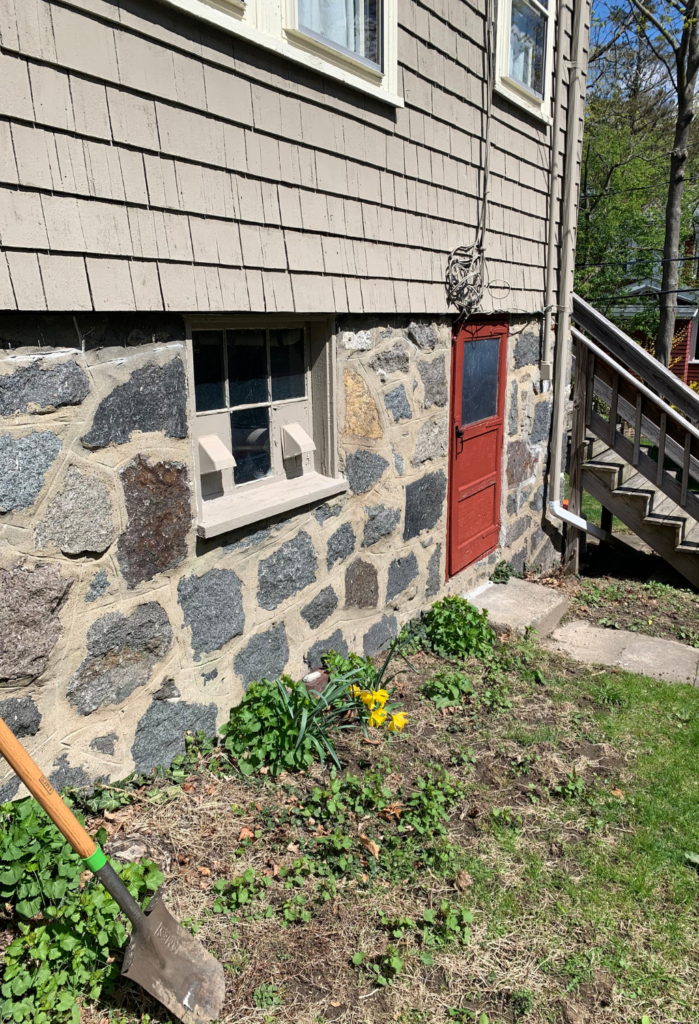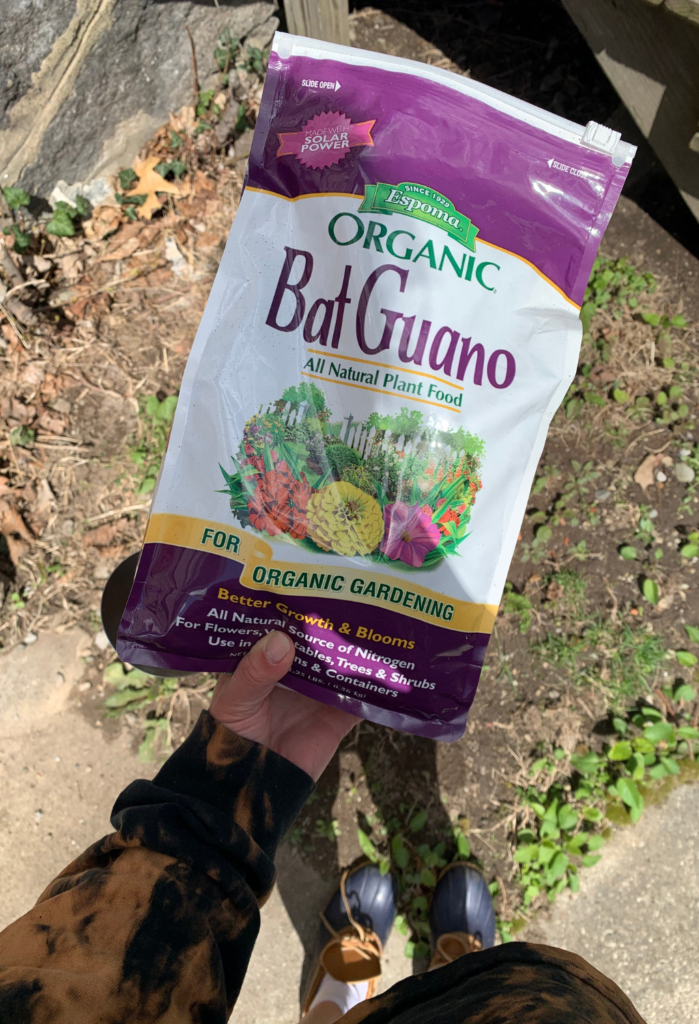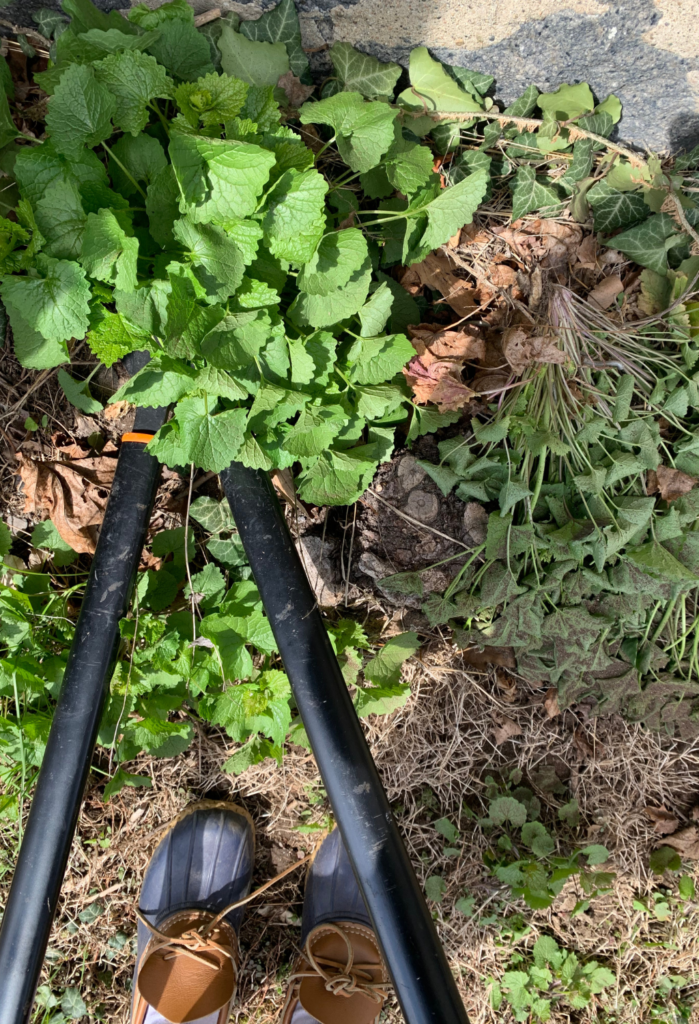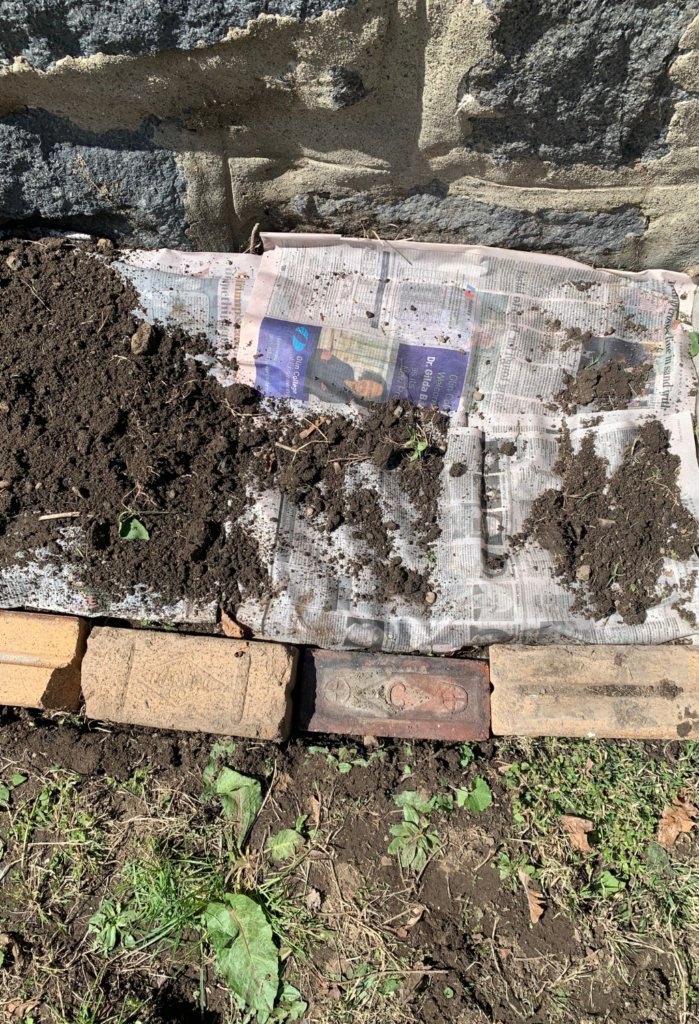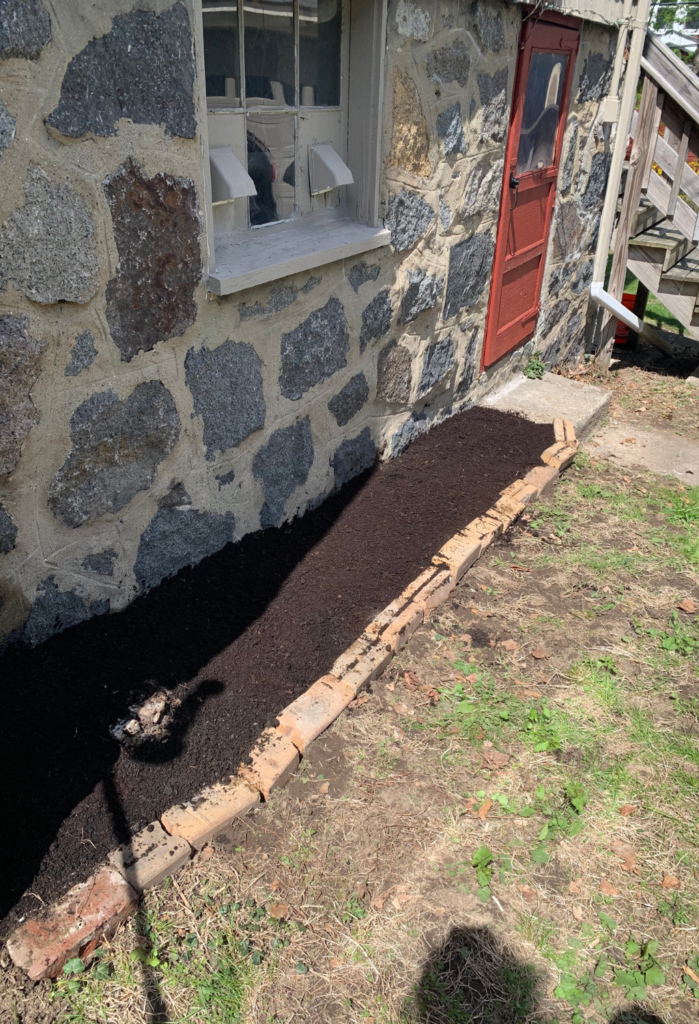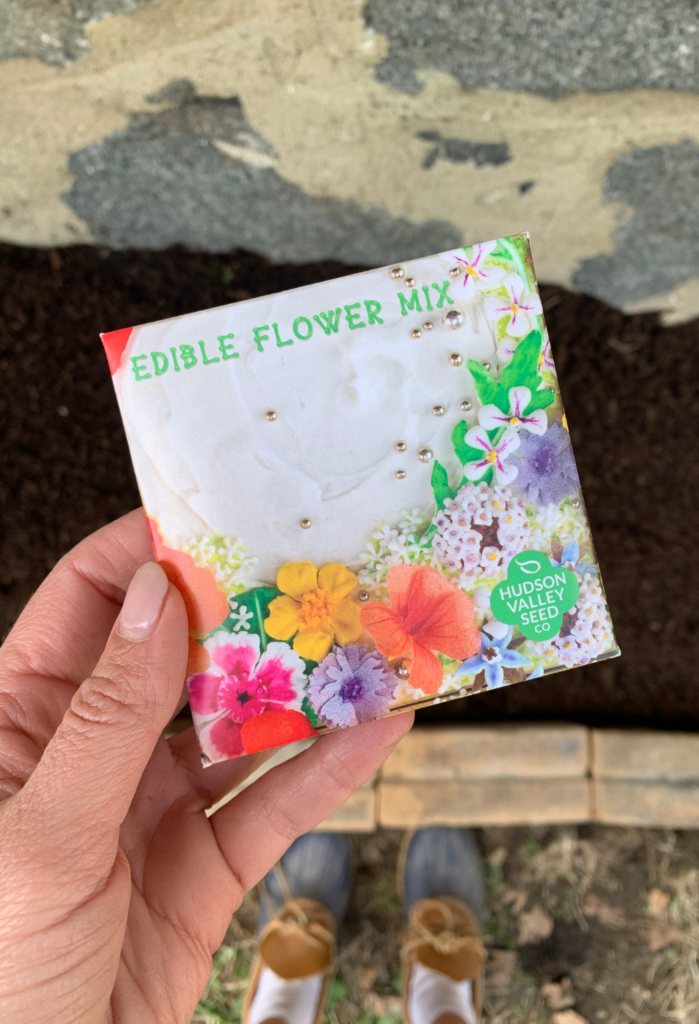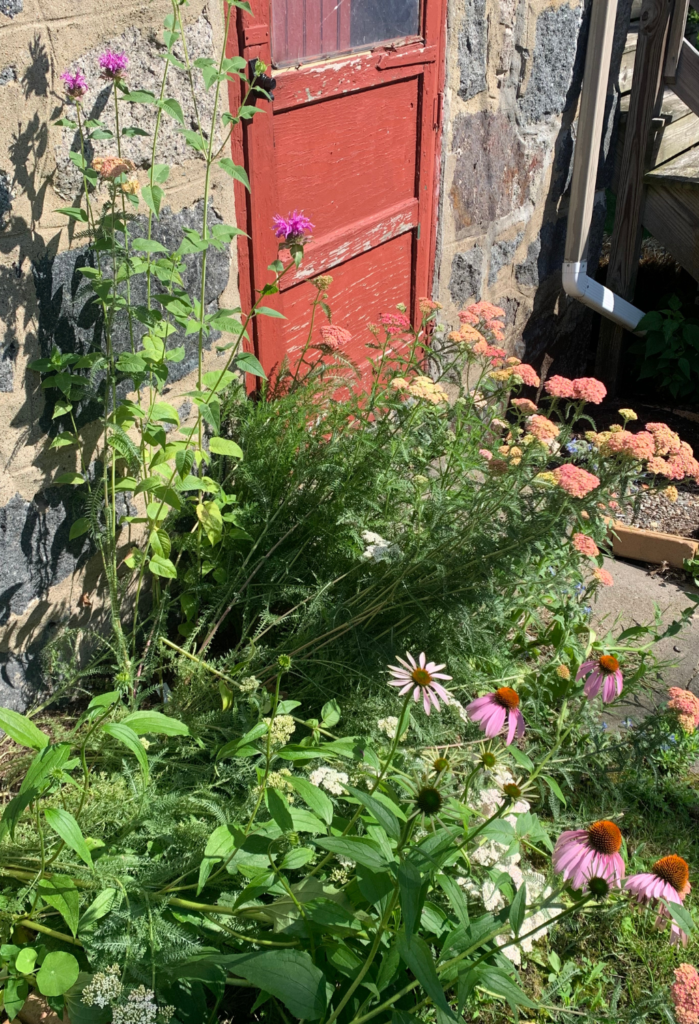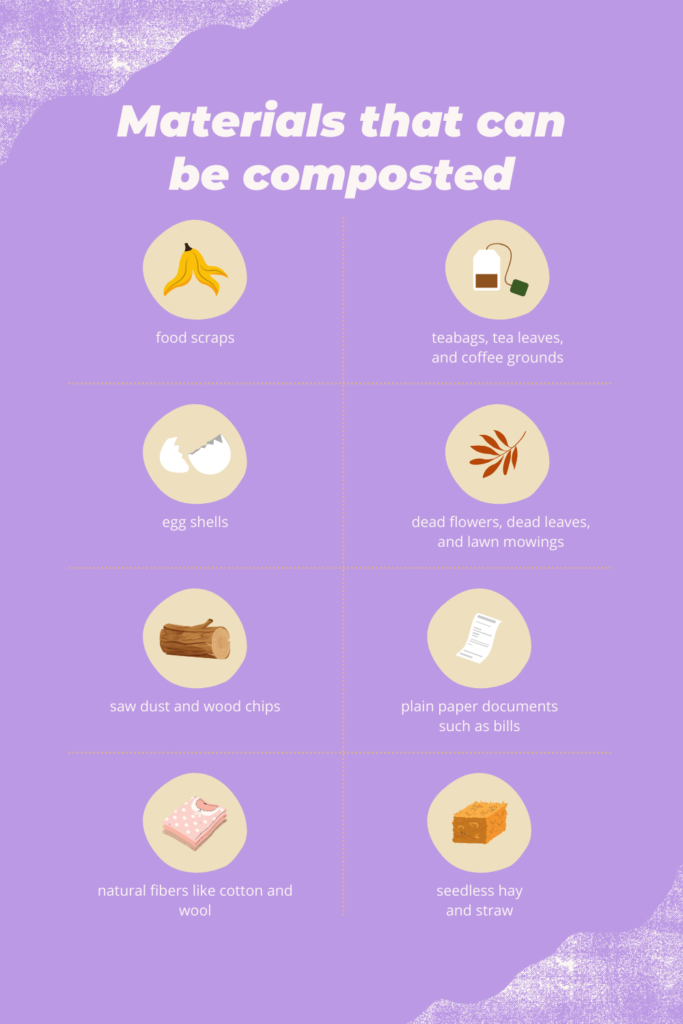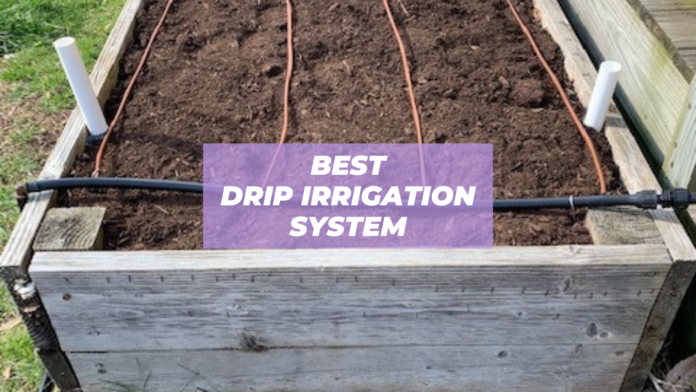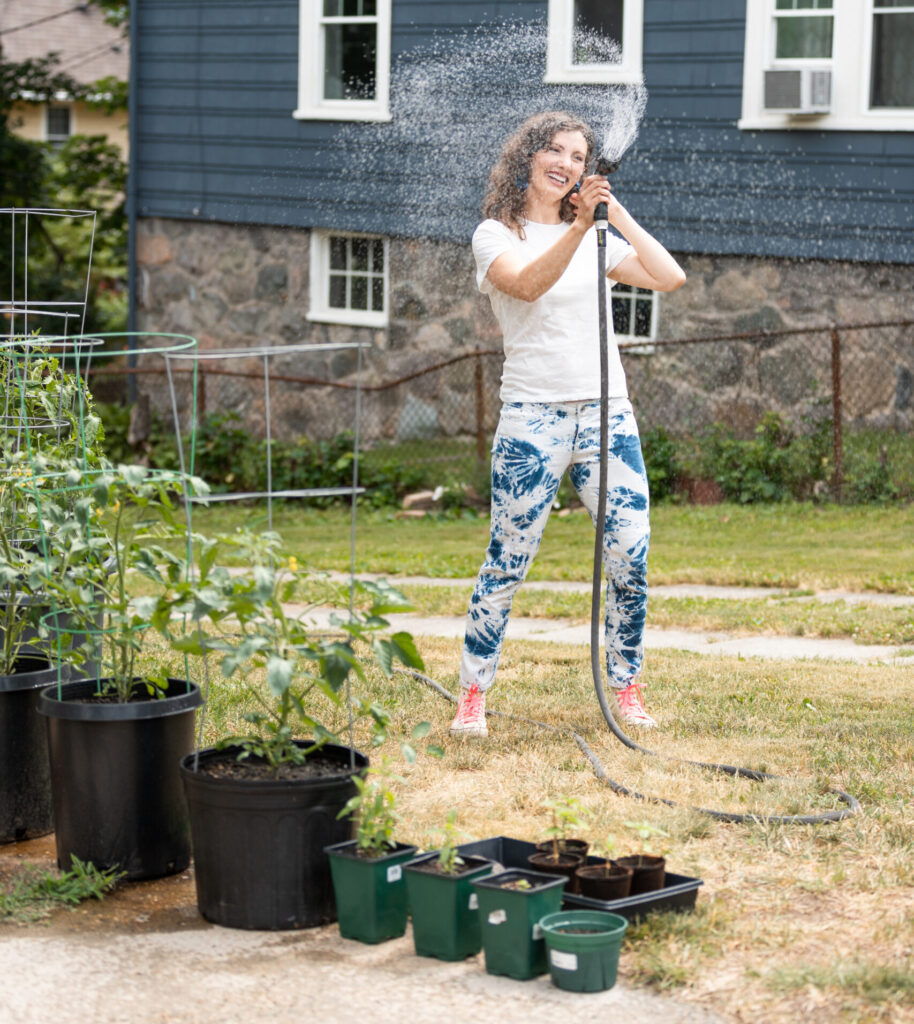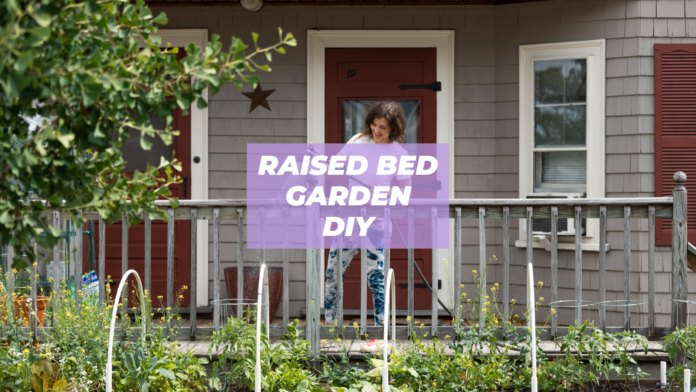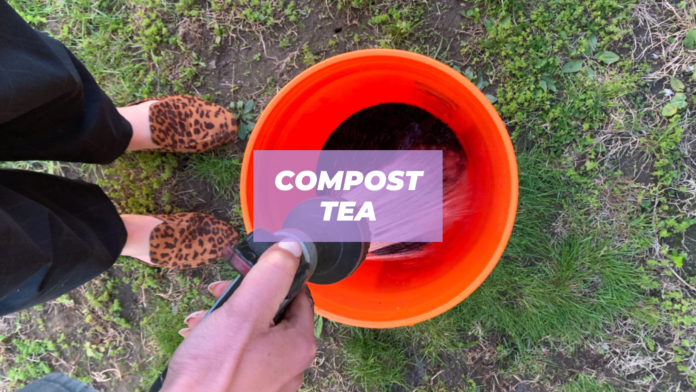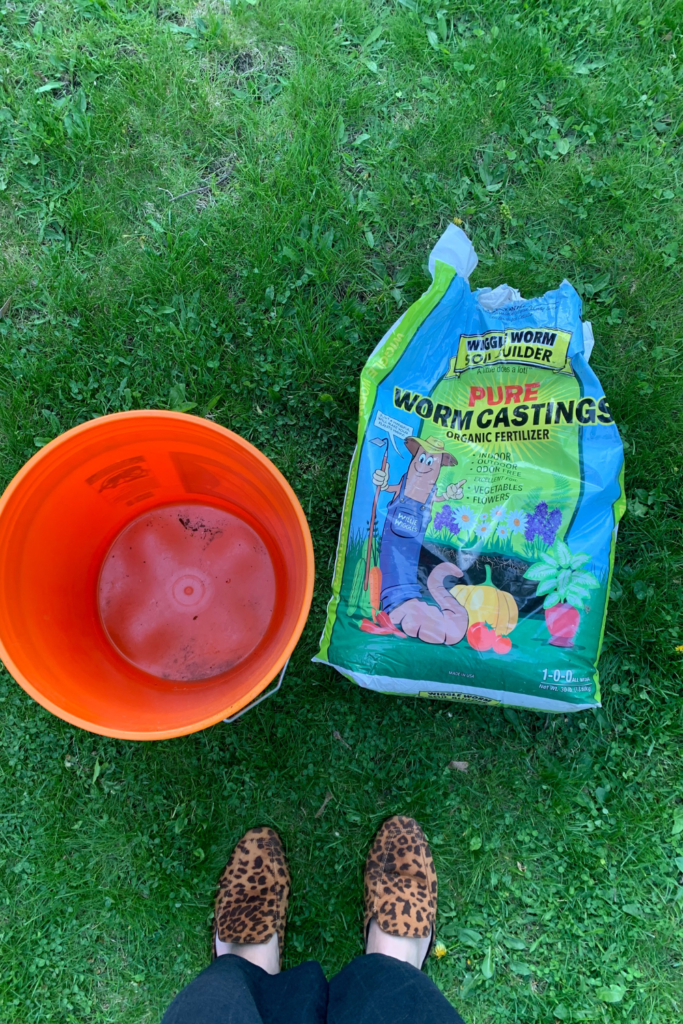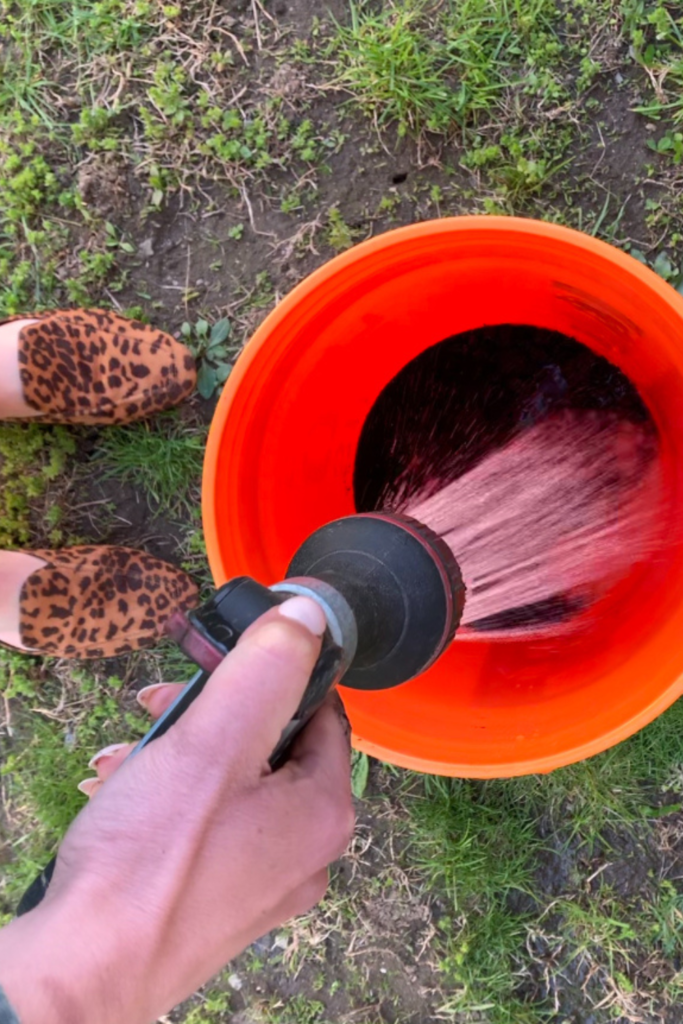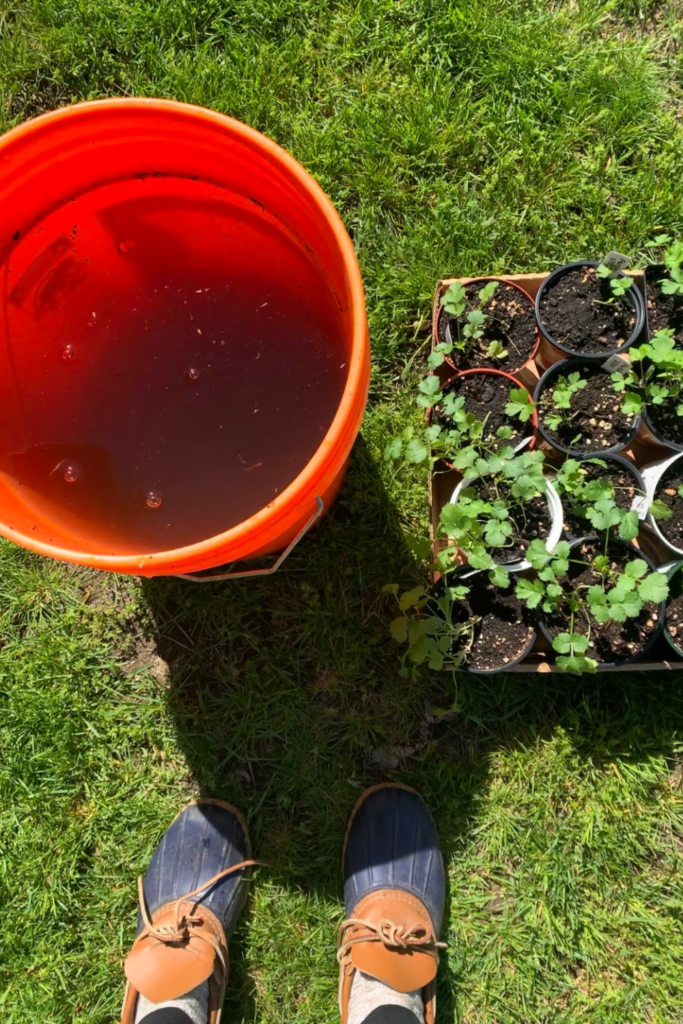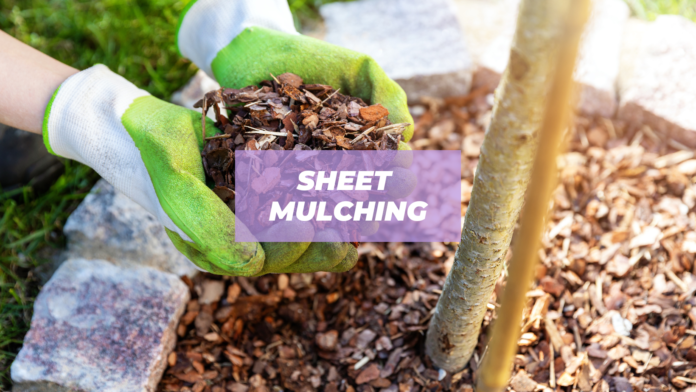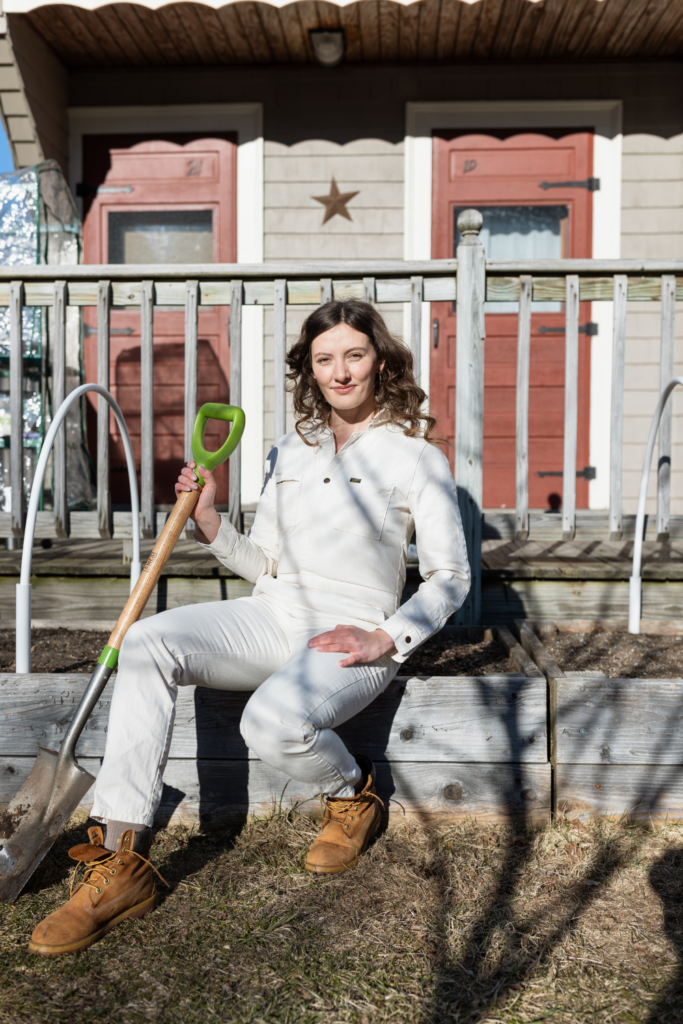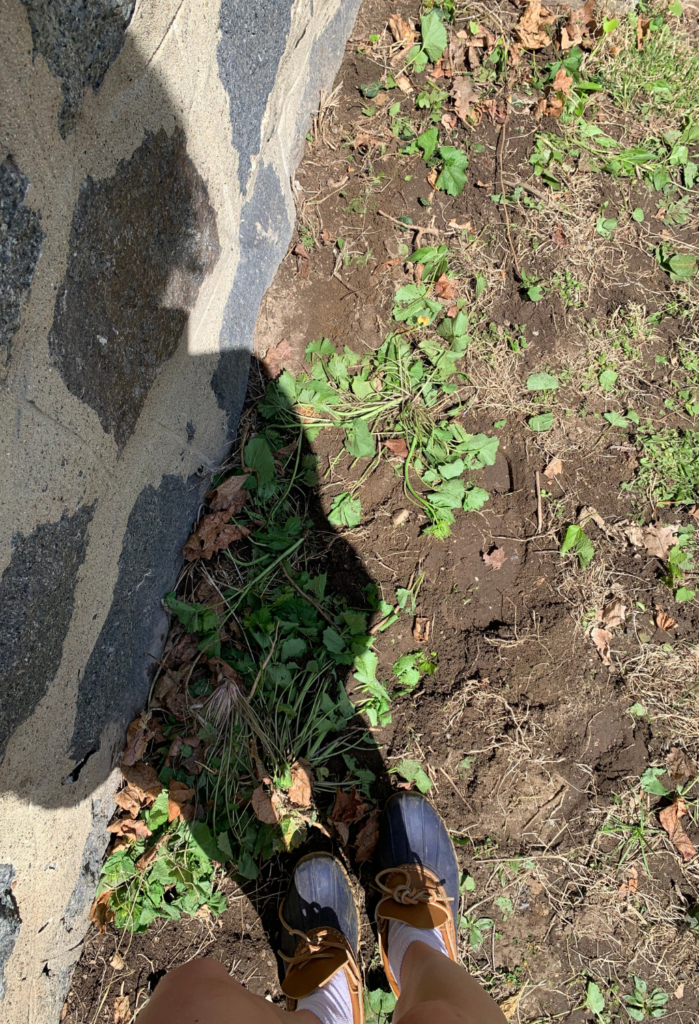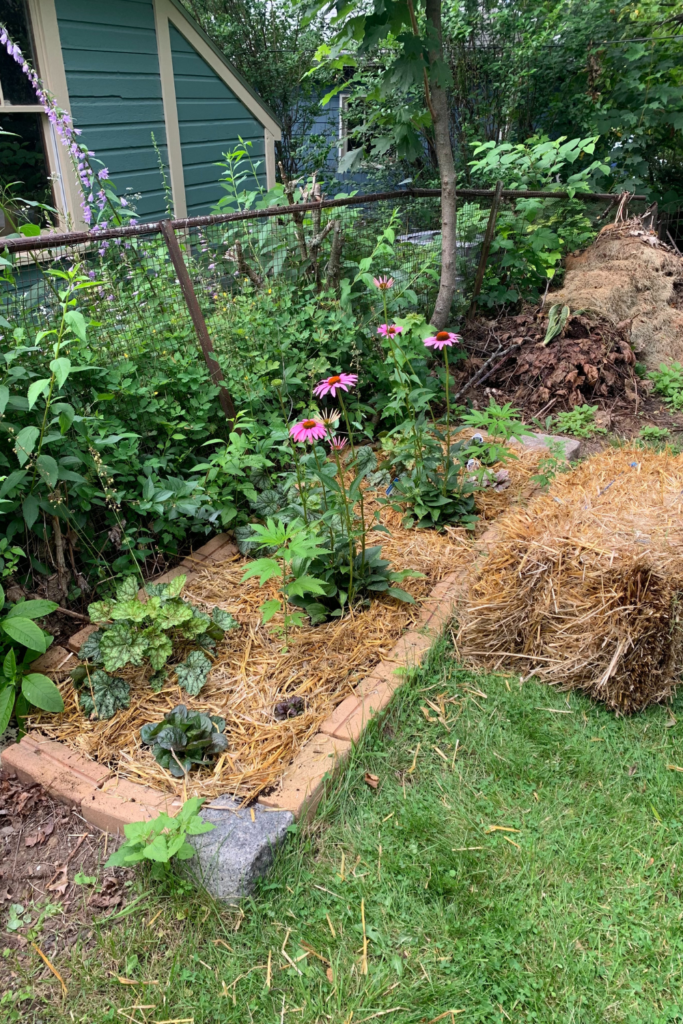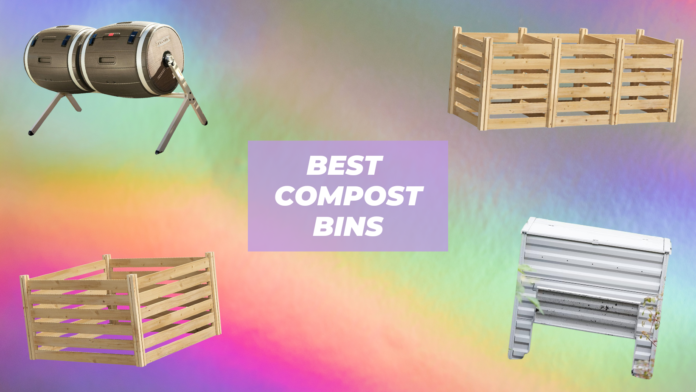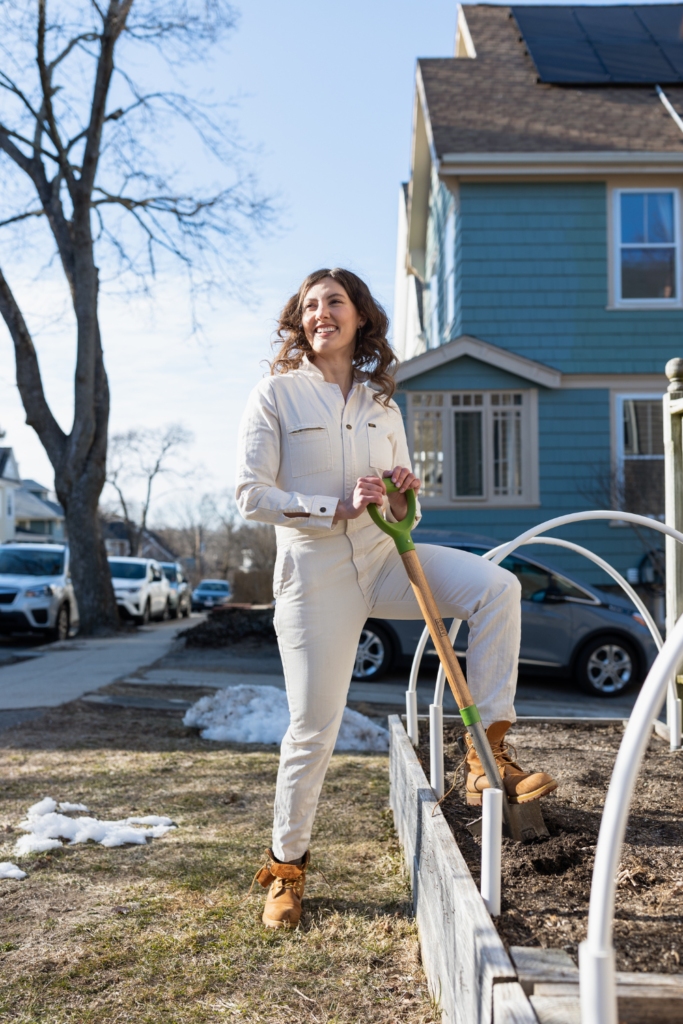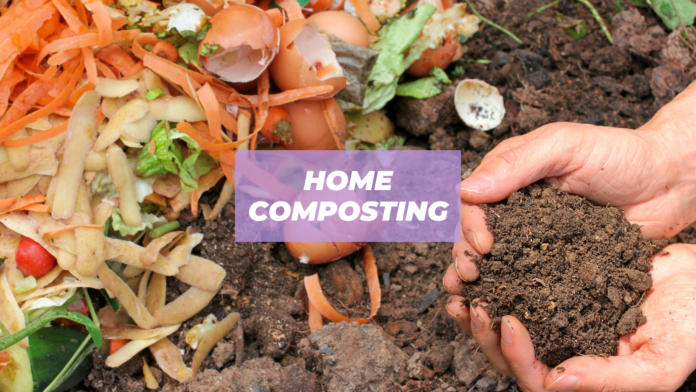These garden decor ideas are absolutely perfect for the urban homesteader who cares about both sustainability and style.
Now that you have your garden (maybe you read my guide to no dig gardening, or my vegetable garden ideas) it might be time to think about decorating!
Or, at least think about ways you can make your garden a space where people can thrive too–in addition to the plants.
For instance, I like see my garden decor as a way to make space for reflection and socialization.
To do this, I’ve nestled a couple Adirondack chairs by the native pollinator garden in my backyard. There is nothing better than a morning cup of coffee or an afternoon spent chatting with a friend out in the garden!
I needed more inspiration though, so I looked to my friends on the internet for more garden decor ideas. Read on for some of my favorite outdoor decorating inspiration that I found!
This post is all about garden decor ideas.
Top Tips for Garden Decor
- Shop vintage and thrift. As you’ll see in the inspiration images from my internet friends below, there are probably plenty of garden decorating options at your local thrift or vintage store! Often, these are the coolest pieces that you’ll be proud to display every year! Yes, this post contains links to retail stores, but I encourage folks to see if they can find the item thrifted first!
- Encourage visits from beneficial insects and other wildlife. I love garden decor that doubles as habitat for beneficial insects and other wildlife! Of course, birth baths can be beautiful, but did you know that bees and other pollinator friends need water too? Consider adding something like a bee drinking garden ball or other water feature.
#1 Garden Decor Idea: Tiered Plant Stand

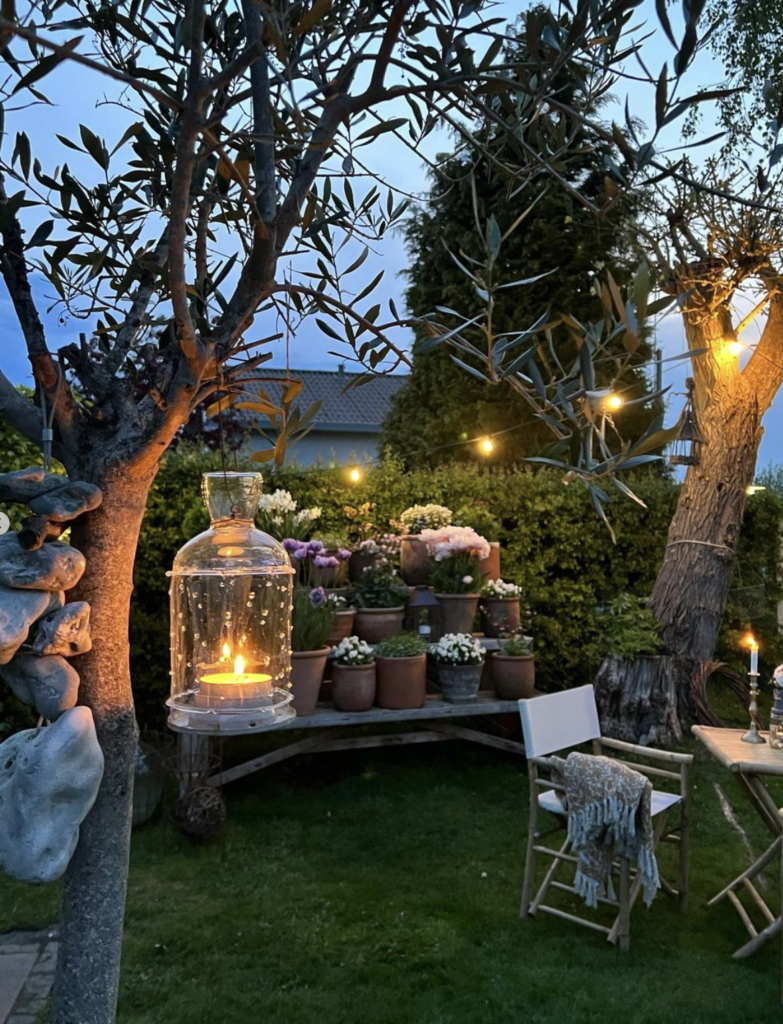
Wow, I’m obsessed with the visual interest the three-tiered plant stand adds to @villa.pax‘s backyard. The plant stand looks vintage or potentially handmade, so I scoured the internet for a reclaimed wood version you could feel good about adding to your backyard sanctuary.
The lantern, fairy lights and candles only add to the coziness of this idyllic scene.
Get the Look:
- Reclaimed Pallet Wood Plant Stand
- Metal Weather Resistant Plant Stand
- Outdoor String Lights
- Hanging Glass Tea-Light Candle Holders
#2 Garden Decor Idea: Mixed Patterns
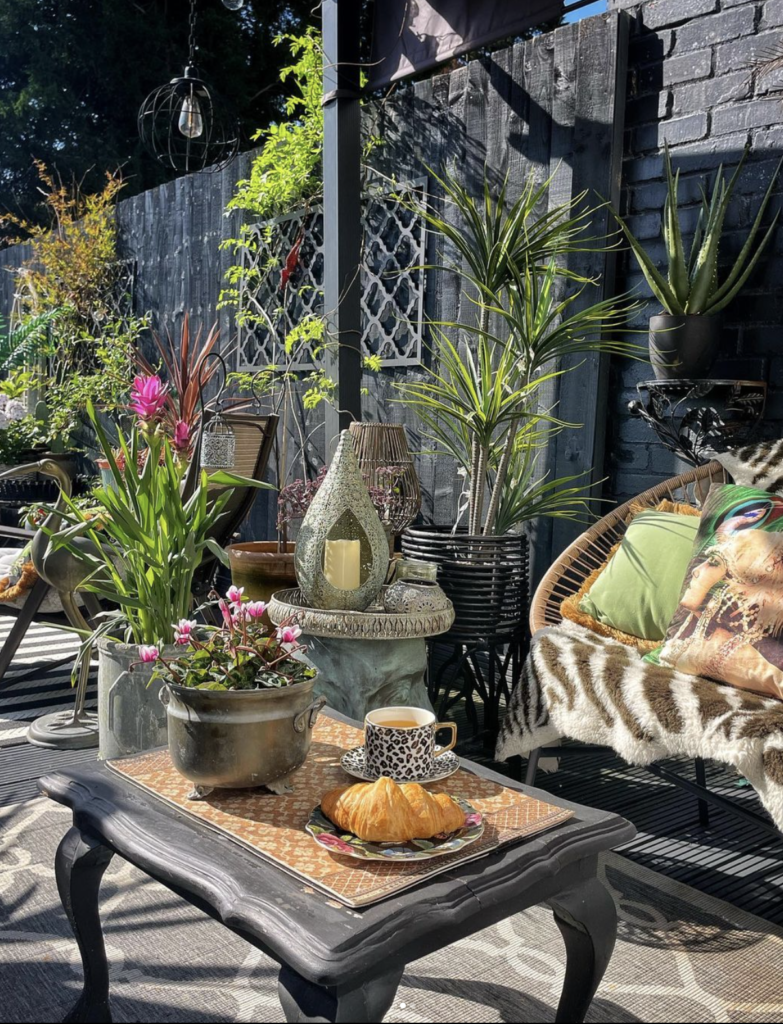
These clashing prints in @violetmayhome‘s cozy garden nook are so my style! I love the tiger throw with the cheetah cup and saucer. In my opinion, you can never have too much animal print!
I’m also a fan of the eye catching details, like the unique pillows and funky lanterns.
Get the Look:
#3 Garden Decoration Ideas: Secret Pergola
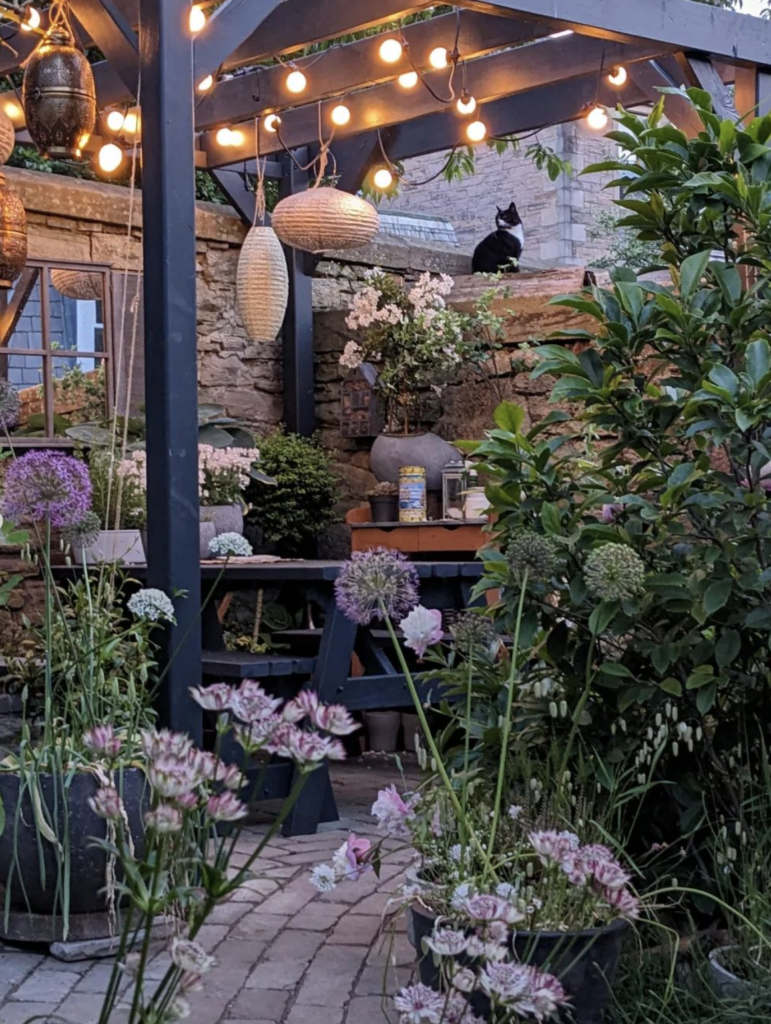

I truly cannot get over this hidden pergola at the end of @docleaves garden. Imagine hosting a dinner party here under the twinkle lights!
From @docleaves: “This little corner genuinely transforms how the garden looks and feels. All you need is a hard stand, a structure overhead and plants 🌿🌿🌿. Winter is the perfect time to crack on with projects like these as the space forgets to look horrible by Summer.”
Get the Look:
- Aluminum Pergola with Canopy
- Precilla Pot Planter
- Outdoor String Lights
- Cayman Outdoor Pendant Light
#4 Garden Decor Idea: Rose Trellis
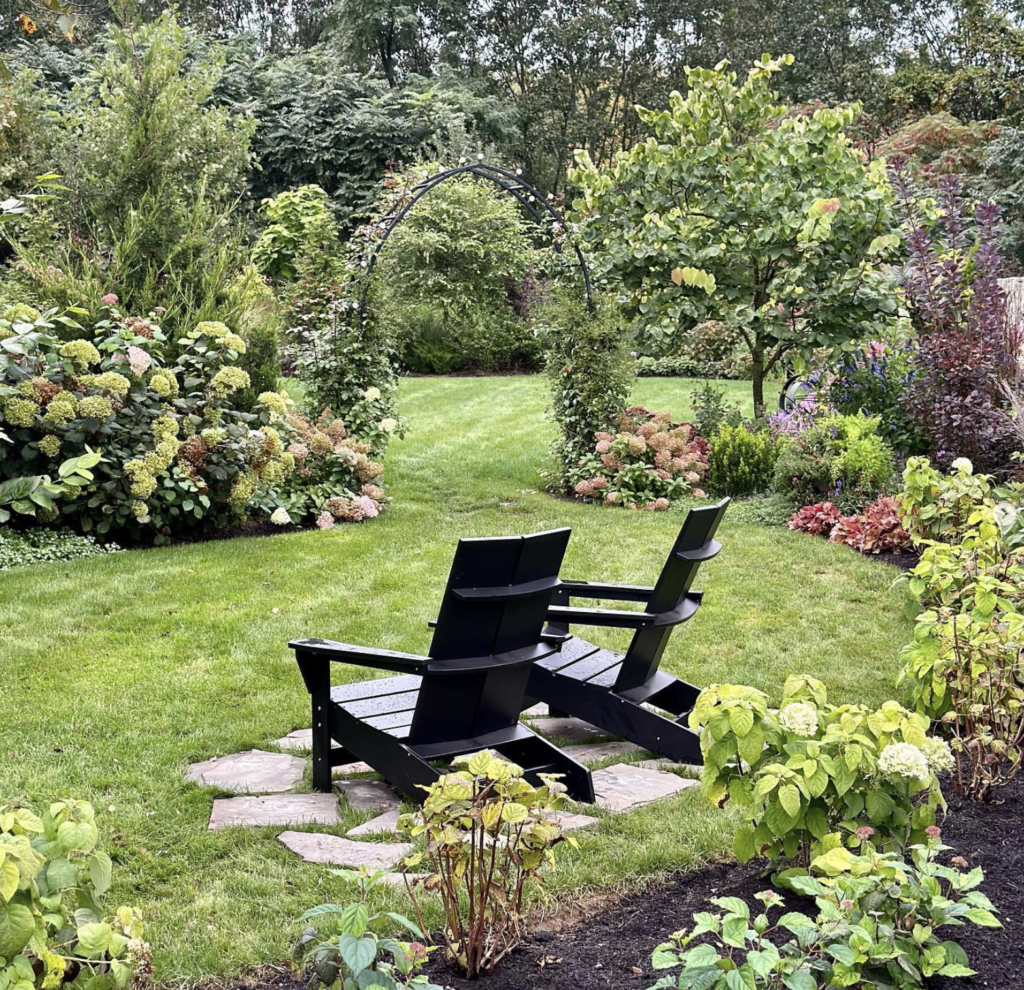
This spot in @growformegardening‘s yard is so romantic, thanks in part to the dreamy rose arch. Plus, they have hydrangeas growing at the base, which happen to be one of my favorite flowers.
Also, being a girl from the Northeast–I love an Adirondack chair. I would love to spend a morning sipping coffee with my sweetie in these side-by-side chairs.
Get the Look:
#5 Outdoor Decor Idea: Bunting Flags
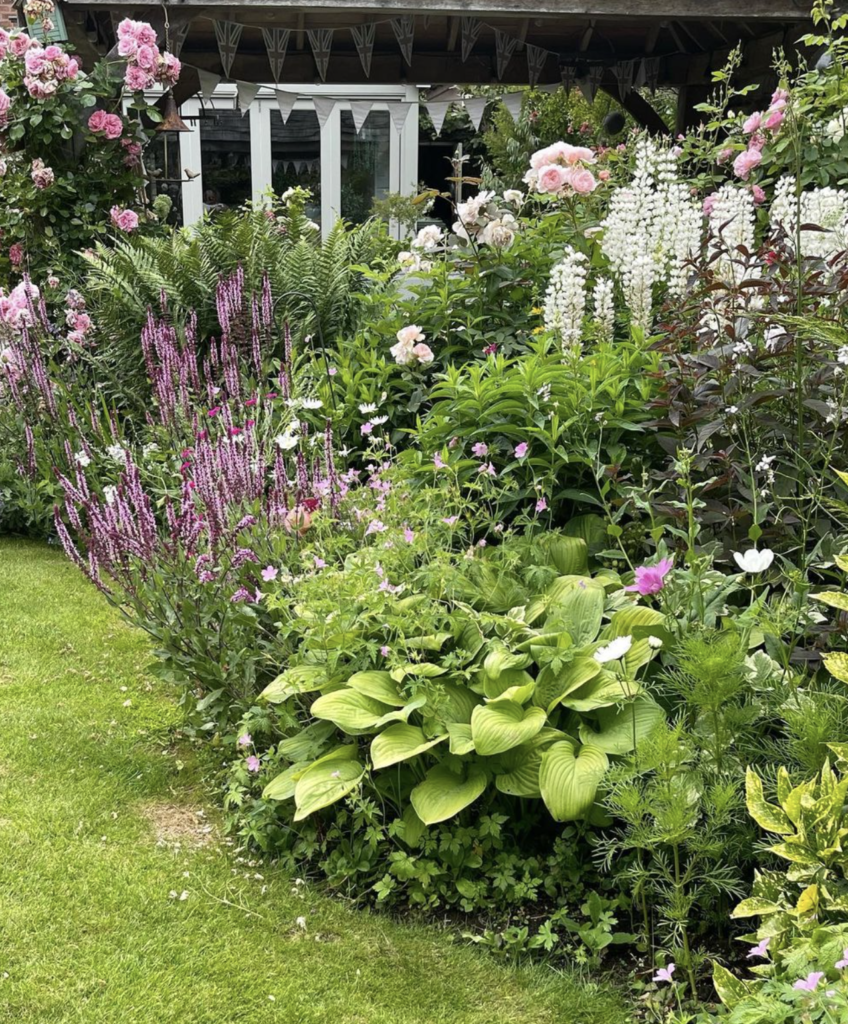
I’m such a sucker for bunting as decoration, but I never thought to bring them outside! Here, @lorainescottage adds white bunting flags to her pergola for a whimsical look.
Get the Look:
#6 DIY Outdoor Decor: Barbecue Area
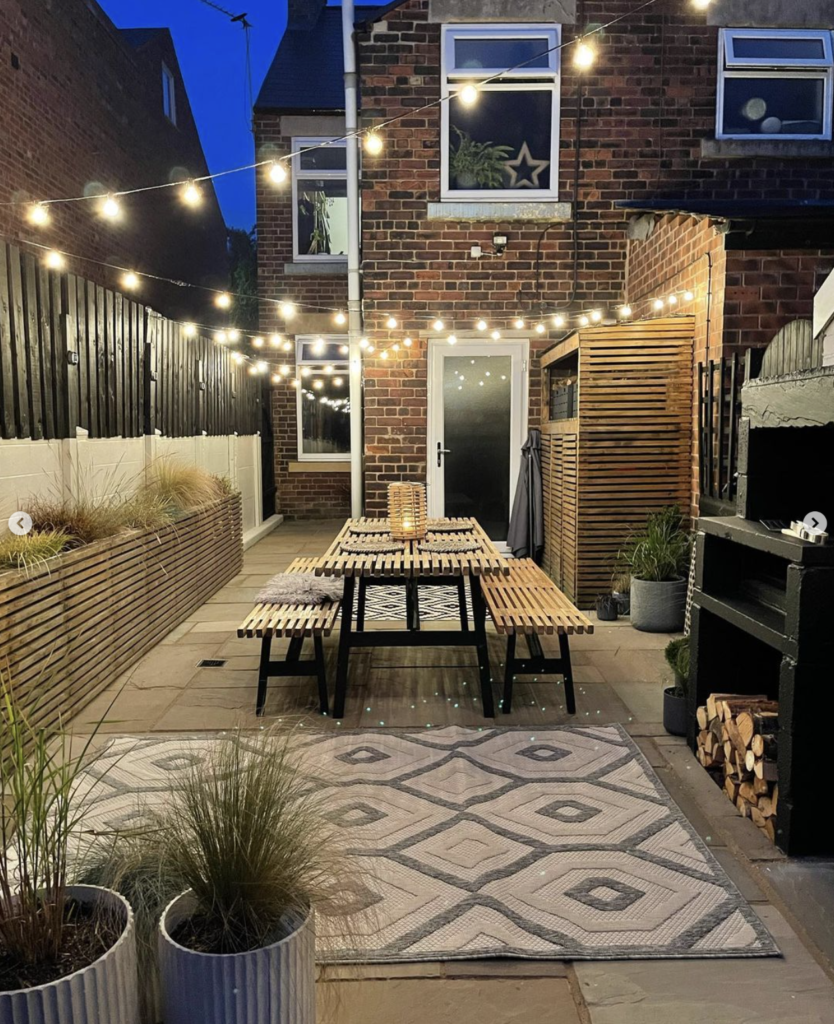
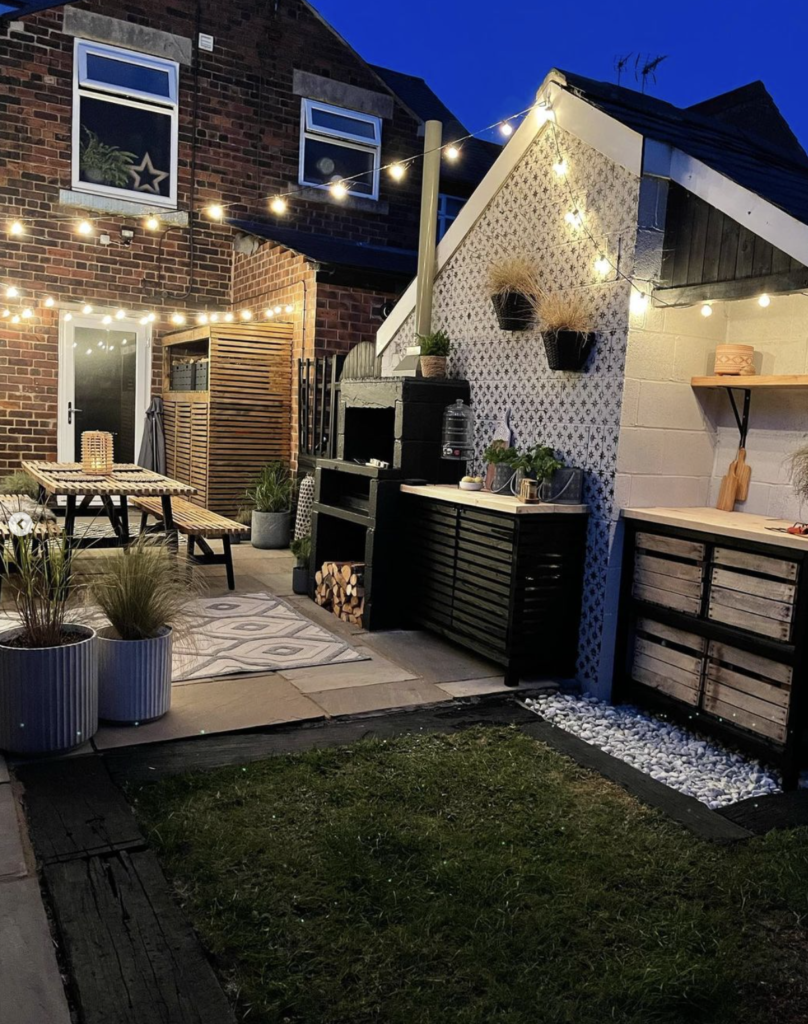
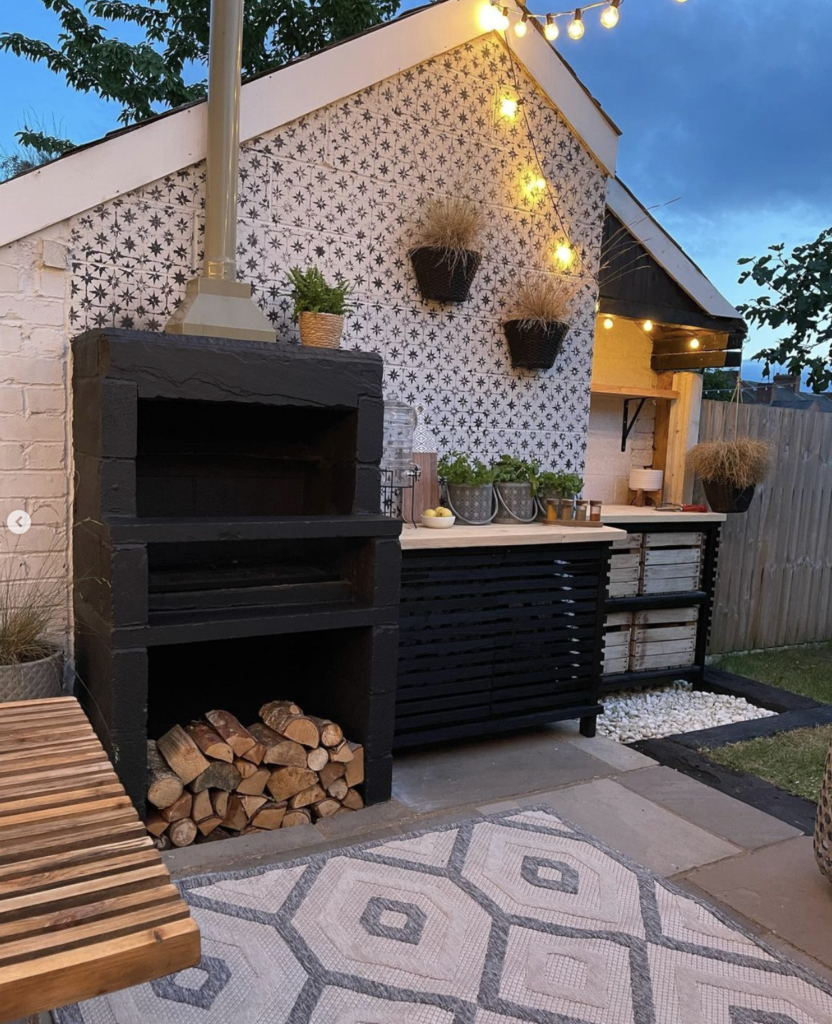
This backyard DIY barbecue area by @houseatnumber30 is truly stunning, and there are so many ideas that we can take away from the transformation of the space.
First, don’t underestimate what a little paint can do. Kelly started with painting the brick face of the garage wall white, and traced over the layer of paint with a stencil to give it a tile-like appearance. The brick pizza oven was also painted black.
Finally, the addition of the natural wood and black furniture give the space a more modern feel.
Get the Look:
#7 Garden Decor Ideas: Cozy Chair

Every gardener needs their special chair where they can relax after a hard day’s work. I love this woven chair @houseatnumber30 styled with the graphic pillow and cozy blanket. Just remember to bring all non-waterproof items in before a rain!
Get the Look:
#8 Outdoor Decor Idea: Cottage Core
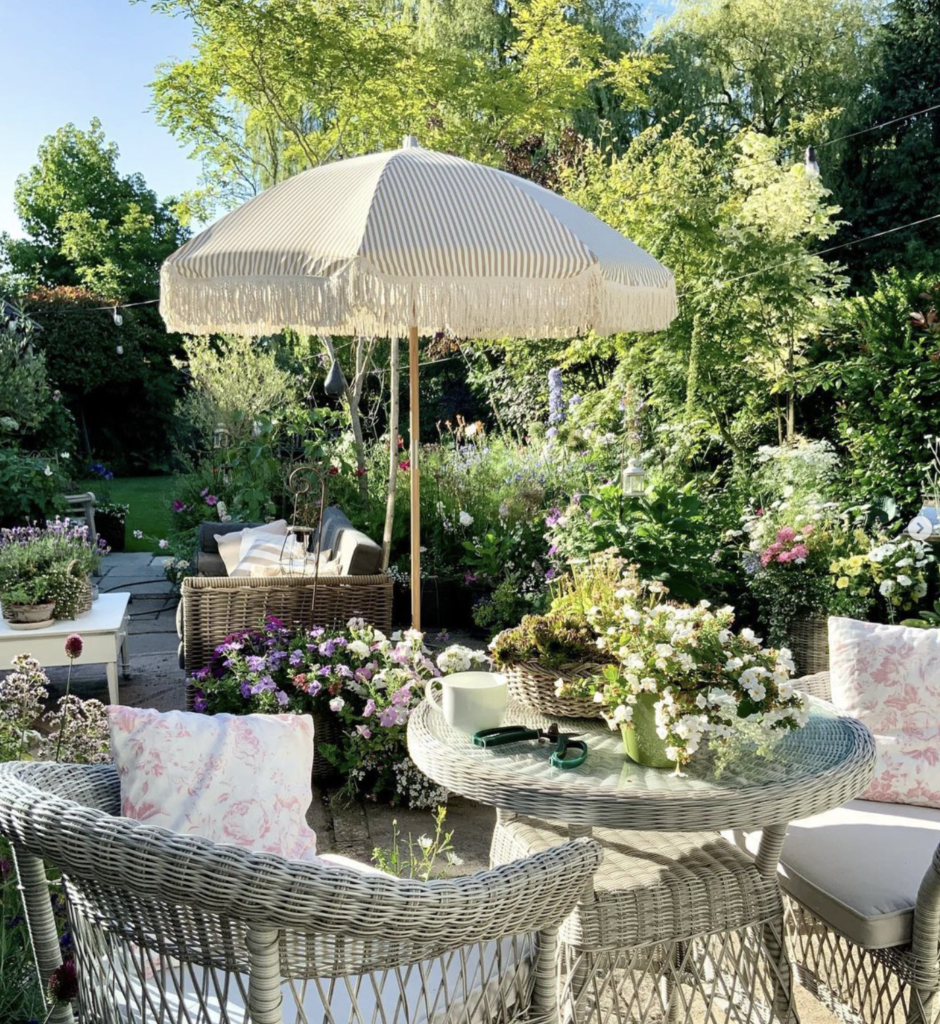
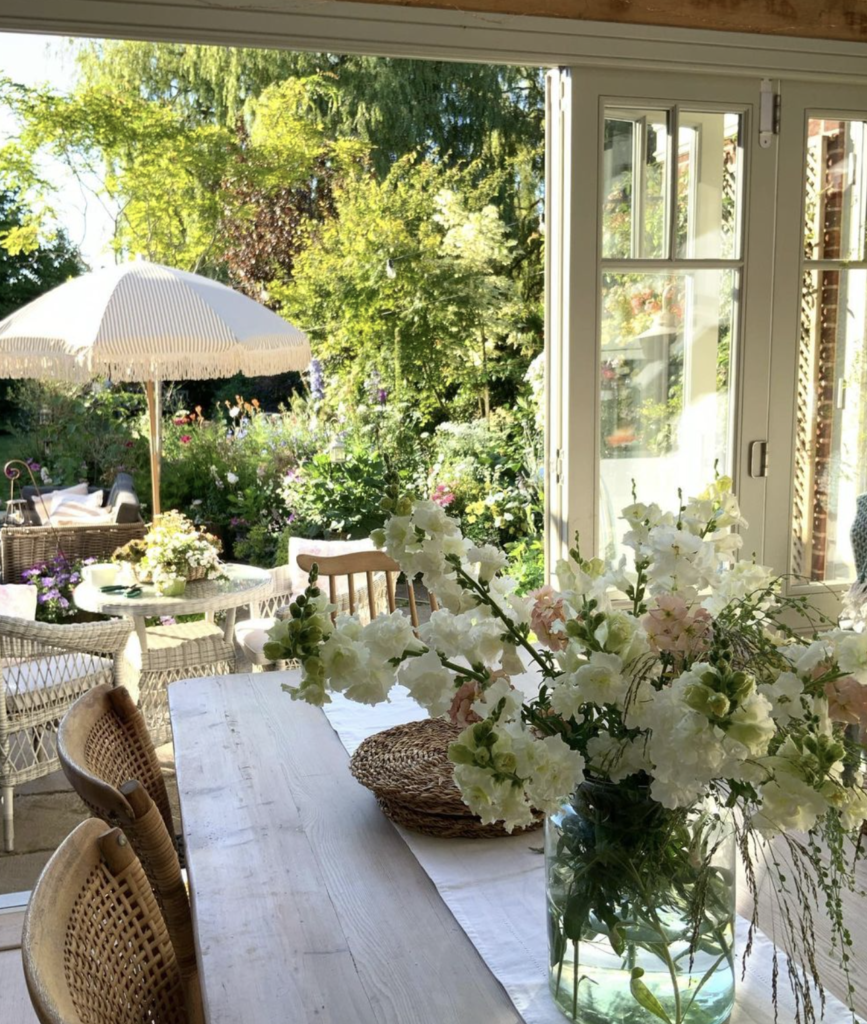
“Cottage core” style is all the rage right now, and I think this scene from @lorainescottage absolutely nails the aesthetic.
Details like the frilled umbrella and woven patio furniture set bring a certain whimsy to the backyard garden.
Get the Look:
#9 Outdoor Decor Idea: Strawberry Shortcake
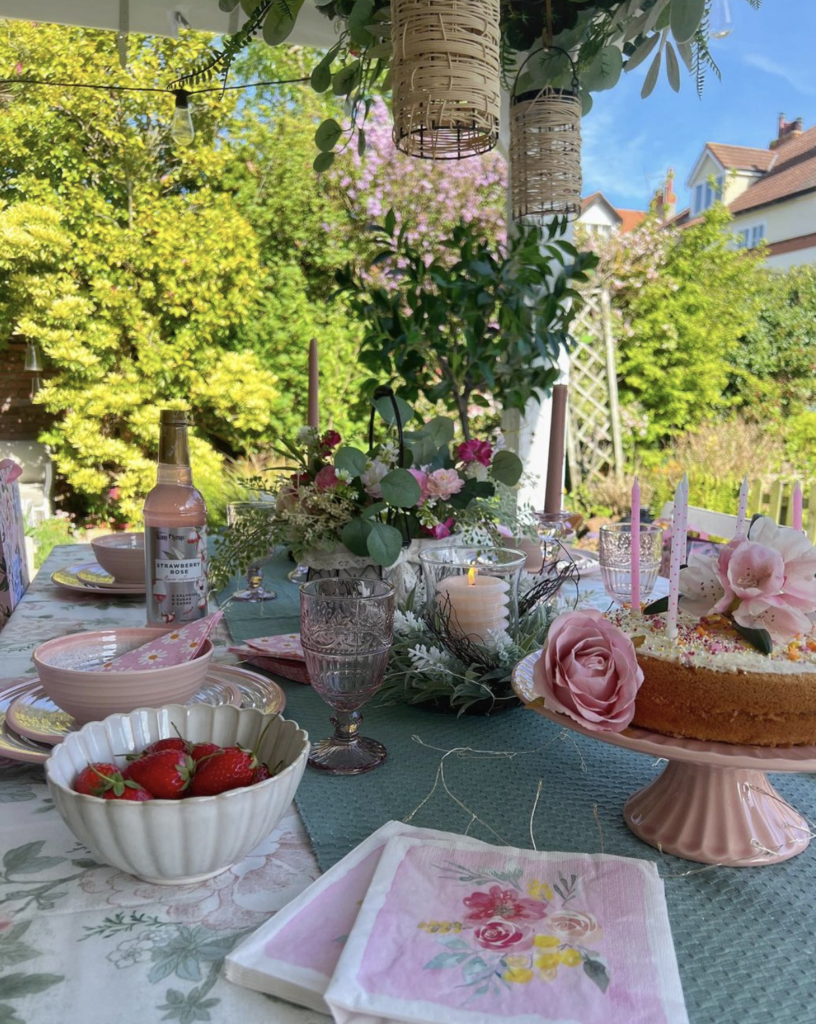
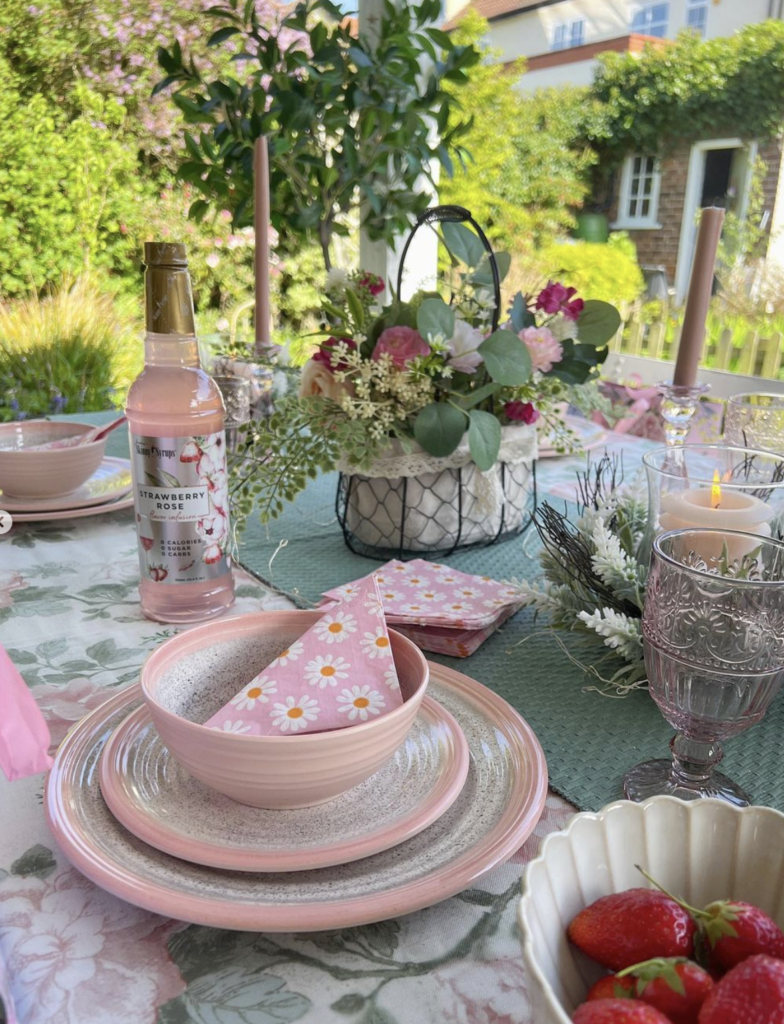
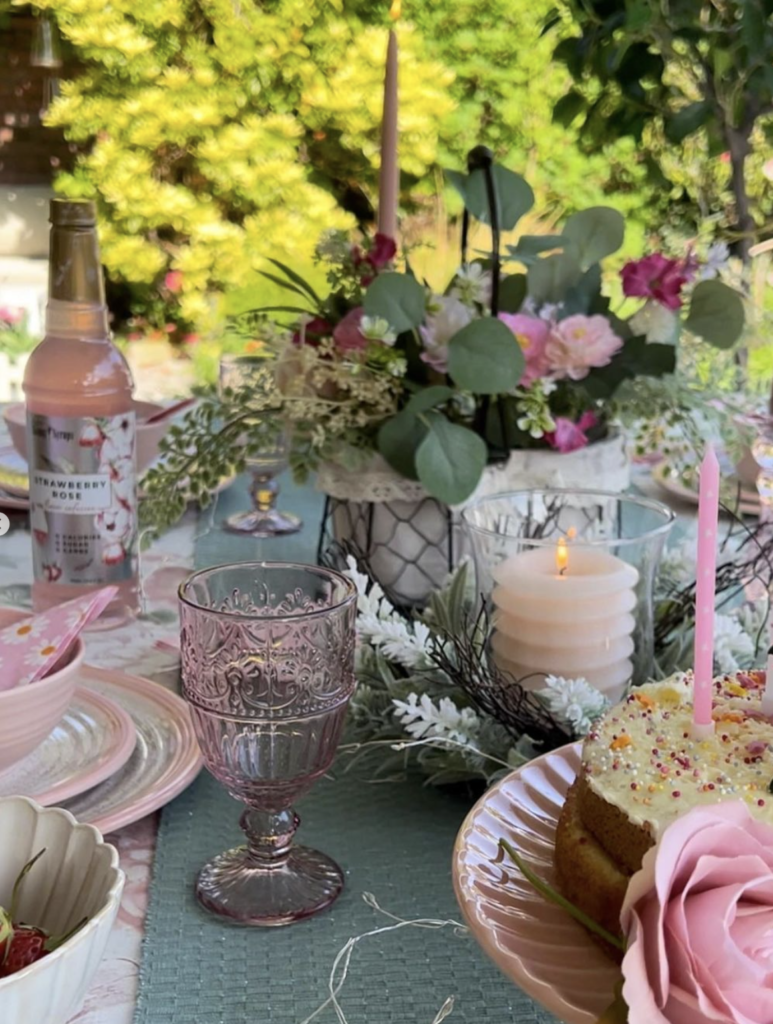
The backyard garden is the perfect setting for a spring picnic. This tablescape from @hearts_at_claremont is so cute, I just had to share! I love the woven laterns and pink tableware.
Get the Look:
#10 Garden Decoration Idea: Vintage Birdbath
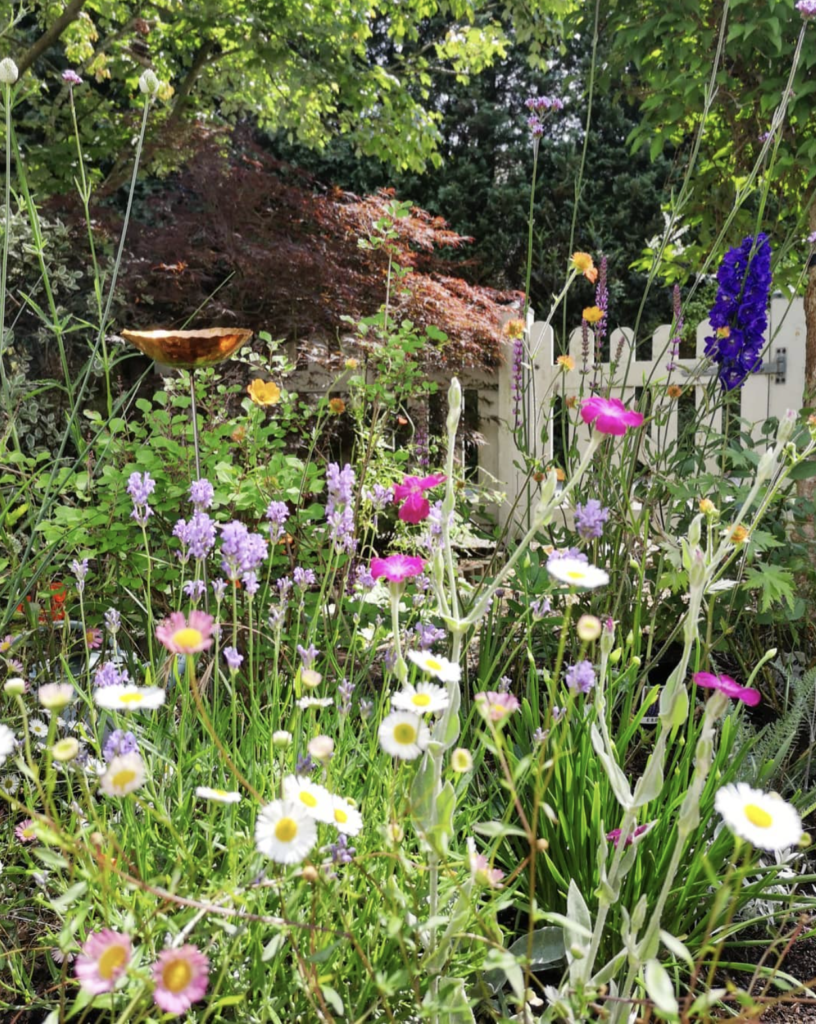
I love this vintage copper birdbath @clairefox_journalist placed in their wildflower garden! This setup is certain to attract birds, beneficial insects, and other wildlife.
Get the Look:
#11 Outdoor Decor Ideas: French Connection
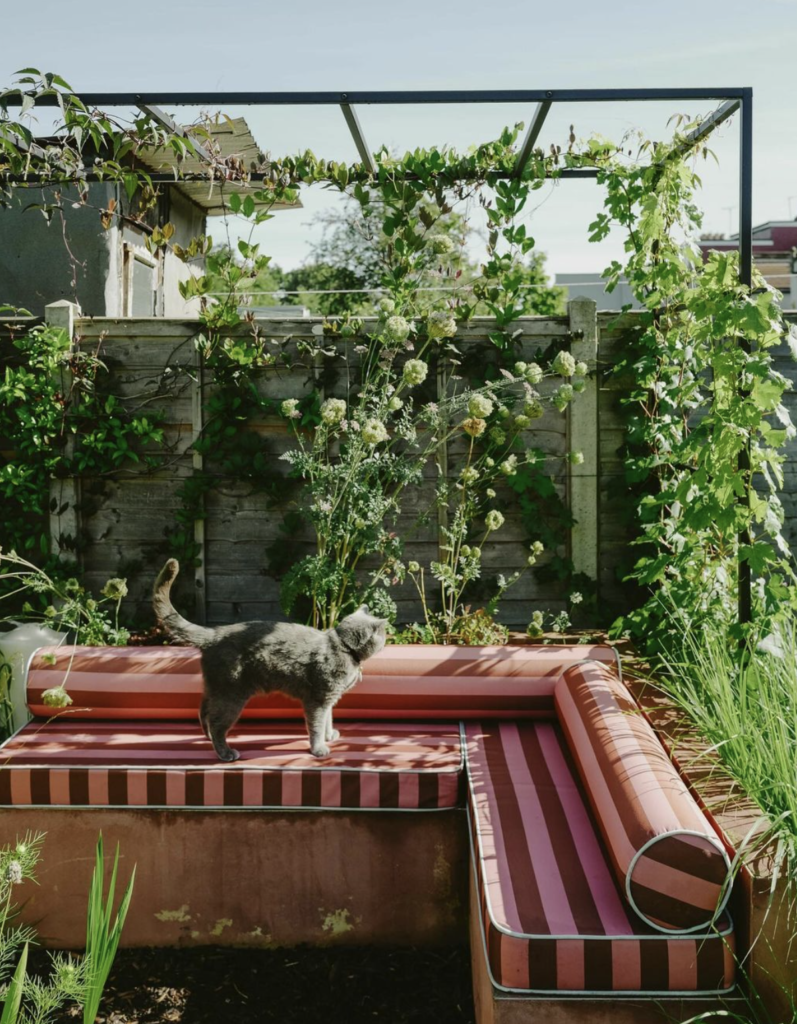

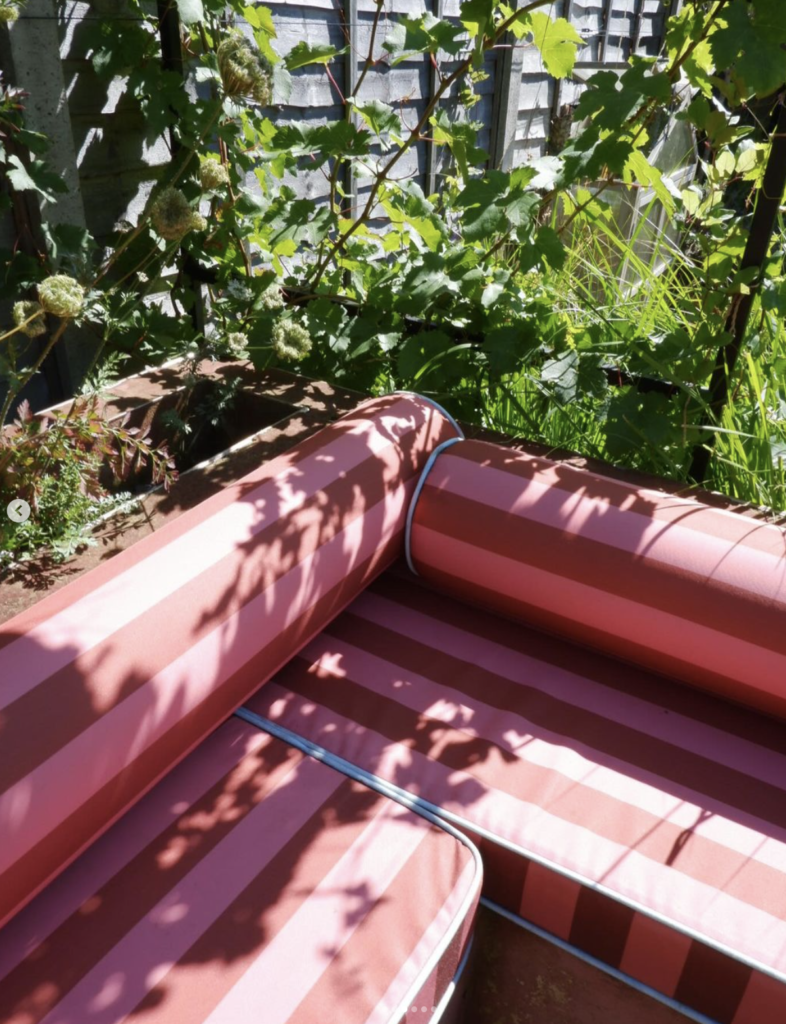
I am so in love with this South of France-inspired outdoor nook crafted by @jessalaviellis. The angular bench is perfectly complemented by a square arch holding a vine, and planters lining the headrests. Imagine taking a nap here!
Get the Look:
Hi, I’m Leslie, the founder of PunkMed

Hello friend! I’m so glad that you stopped by my blog today. I had a blast sharing garden decor ideas with you, from outdoor design enthusiasts around the world. If you’re into vegetable gardening, urban homesteading, or living a more sustainable life–stick around! Be sure to join my email list, or come hang out on Instagram!
This post was about garden decor ideas.
What to Read Next:
Did you enjoy my roundup of garden decoration ideas? I love that! Below, I’ve shared a few other posts of mine that I think you’d find helpful!

